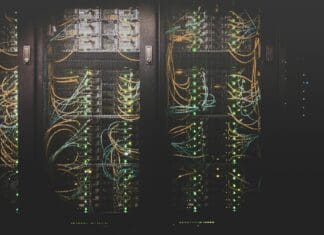This post is also available in:
 עברית (Hebrew)
עברית (Hebrew)
A new study has found that artificial intelligence systems may learn in ways that closely resemble human learning processes, shedding light on how adaptable behavior emerges—and offering potential guidance for building more intuitive AI tools in the future.
The research, published in Proceedings of the National Academy of Sciences, examined how AI systems combine fast, context-based reasoning with slower, accumulated learning. In human terms, this is roughly equivalent to how short-term and long-term memory interact.
The researchers trained an AI system using meta-learning, a technique that teaches models how to learn rather than just how to perform specific tasks. Over time, the AI began to exhibit more flexible problem-solving—responding to new information in ways that resembled human behavior in similar situations, according to TechXplore.
For example, in one task, the system was asked to interpret combinations of familiar elements it hadn’t seen paired before—such as matching a color with an animal to identify something like a “green giraffe.” The model, after being trained on thousands of comparable challenges, was able to make correct generalizations based on previous examples. This kind of recombination is considered a key feature of human reasoning.
The study also revealed some trade-offs. The AI retained information better when the task required more effort or produced errors, similar to how people are more likely to remember experiences that involve problem-solving or correction. In contrast, tasks that were completed easily, based on immediate context, tended to improve flexibility but didn’t contribute as much to long-term retention.
While the study is based on computational models, the findings may help bridge the gap between neuroscience and machine learning. It suggests that certain AI systems aren’t just mimicking human output—they may be reflecting similar internal learning dynamics.
As AI tools continue to be integrated into decision-making environments, from healthcare to defense, understanding how machine learning systems acquire and apply knowledge could play an important role in improving their transparency, reliability, and collaboration with human users.


























